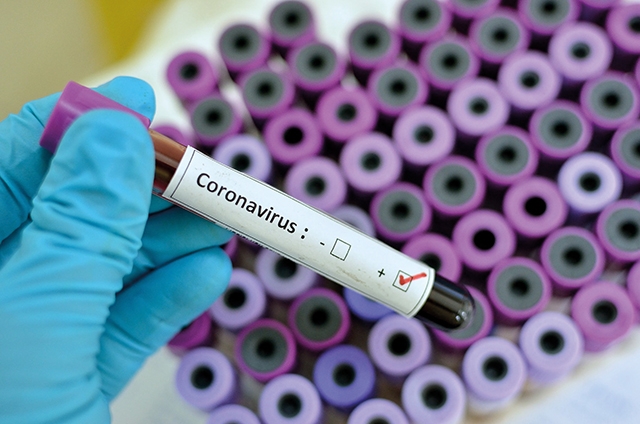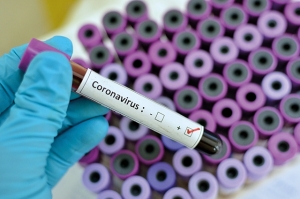H1N1, SARS & MERS Outbreaks Compared to Coronavirus
The World Health Organization (WHO) declared the new coronavirus, also known as COVID-19, which is a new strain that was discovered in 2019 having not previously been identified in humans, first as an emergency and then a global pandemic.
The virus causes respiratory illness with symptoms such as a cough, fever and in more severe cases, pneumonia. However, it is not the first widespread decease that has claimed mass lives in the last century. Influenza H1N1 and other illnesses like SARS and MERS have also caused a lot of people to worry in the past. So how does COVID-19 actually compare to these illnesses?
H1N1
The coronavirus outbreak is not as severe as the 2009 outbreak of the H1N1 influenza virus, the so-called “swine flu”. H1N1 is a respiratory illness that occurs in pigs, caused by the Influenza A virus, and it initially began in Mexico in 2009. Data on H1N1 deaths vary, but even with the smallest estimates, this number is higher than today's new coronavirus cases. COVID-19, which first appeared in late December, is infecting an average of 51,172 people a month, but the swine flu infected at least 35,000,000 a month.
H1N1 infected 700 million to 1.4 billion people at the time and around 575,000 deaths were reported. Thus, the mortality rate was around 0.2%.
It was announced by WHO as a pandemic in June 2009, marking the first global pandemic since the 1968 Hong Kong Flu. On 10 August 2010, WHO announced that the H1N1 influenza virus had moved into the post-pandemic period, but that “localized outbreaks of various magnitudes were likely to continue”.
Unlike for COVID-19, while we already have effective vaccines and antiviral medications that can help prevent and reduce the severity of the flu. Additionally, many people have residual immunity to it from years past, as our bodies have fought it before. However, we don’t have any immunity to COVID-19, and it appears to be more contagious and fatal than the flu so far, but this could very well change as we learn more.
SARS
The first cases of SARS, a severe acute respiratory syndrome, were reported in Asia in 2002. From November 2002 to July 2003, more than 8,000 probable SARS cases were reported to the World Health Organization from 29 countries. Since then, a small number of cases have occurred as a result of laboratory accidents or, possibly, through animal-to-human transmission. Transmission of SARS is primarily from person to person, mainly during the second week of illness.
The illness appeared in November 2002 in the Guangdong province of southern China. This area is still considered a potential zone for the re-emergence of SARS. Since the end of the global epidemic in July 2003, SARS has reappeared four times: three in laboratory accidents and once in southern China where the source of infection remains undetermined, although there is circumstantial evidence of animal-to-human transmission.
The SARS pandemic was eventually brought under control in July 2003, following a policy of isolating people suspected of having the condition and screening all passengers travelling by air from affected countries for signs of the infection.
During the period of infection, there were 8,098 reported cases of SARS and 774 deaths. This means the virus killed about 1 in 10 people who were infected. People over the age of 65 were particularly at risk, with over half of those who died from the infection being in this age group. The mortality rate was 15%.
MERS
Middle East Respiratory Syndrome (MERS) is viral respiratory illness that is new to humans. It was first reported in Saudi Arabia in 2012 and has since spread to around 27 other countries,10 countries in or near the Arabian Peninsula and 17 countries outside of the Arabian Peninsula.
Most people infected with MERS-CoV developed severe respiratory illness, including fever, cough, and shortness of breath. There have been around 2500 cases of MERS known and 858 deaths worldwide. Therefore, the death rate is 34.4%.
COVID-19
COVID-19 has similar symptoms to H1N1 and seasonal flu but since January 2020 it has spread to 172 countries and territories around the world, infecting at least 219,332 people and killing around 9000. Nearly 86,000 patients have recovered. Worldometer reports that around 6% of the coronavirus cases are critical, meaning the mortality rate stands at 9%.
The new coronavirus spreads primarily through contact with an infected person when they cough or sneeze, or through droplets of saliva, or discharge from the nose. You can protect yourself by washing your hands frequently and avoiding touching your face. One of the most effective ways not to get the virus is to stay home and forego contact with people.
By Tea Mariamidze
Image source: anyflix.in












